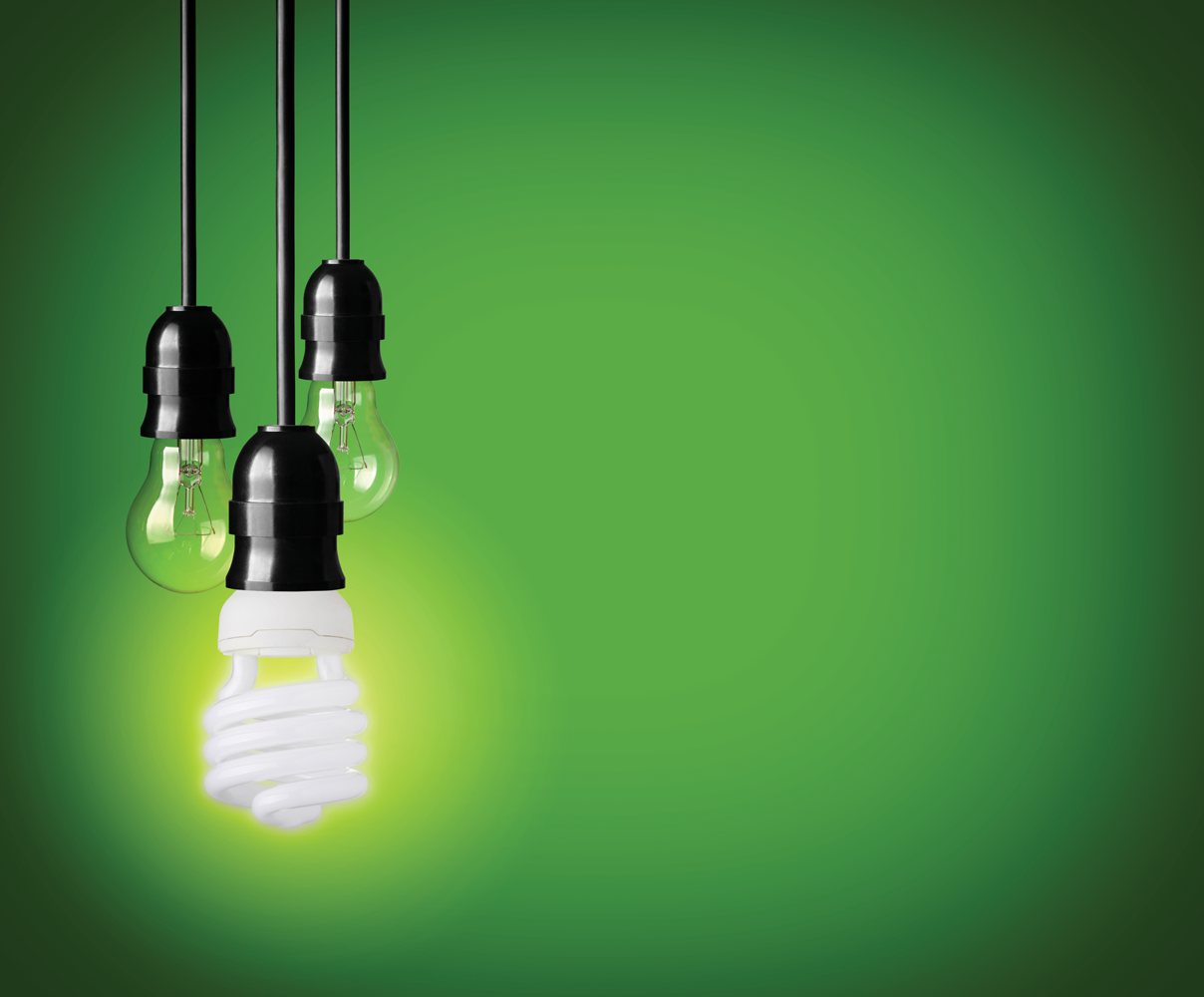Household Bills
Have you been ‘greenwashed’ by your energy supplier?

Guest Author:
Emma LunnEnvironmentally-conscious consumers have been warned not to be ‘greenwashed’ by companies claiming their products are more ‘green’ than they actually are.
Analysis of all the UK’s providers of ‘green’ energy reveals that, while eco-friendliness is core to some, it’s merely paid lip-service by others.
According to energy experts at Forbes Advisor UK, there are several energy suppliers in the UK who have the genuine right to call themselves ‘green’. Many source a large proportion of their gas and electricity from renewable or less carbon-intensive sources, while others go further and offer their customers advice on how to improve their energy efficiency.
Forbes Advisor analysed the whole UK energy market and scored energy suppliers for their green credentials, online energy saving advice, and affordability of their cheapest green tariff.
The suppliers’ total scores were then converted into Forbes Advisor’s star-rating system to reveal the best green energy suppliers. Providers that did not specify the source of their renewable energy or whether they provide green gas were disqualified.
Which are the best green energy suppliers?
According to Forbes Advisor, the best green energy suppliers are:

Wellness and wellbeing holidays: Travel insurance is essential for your peace of mind
Out of the pandemic lockdowns, there’s a greater emphasis on wellbeing and wellness, with
Sponsored by Post Office
- Bulb (5 stars)
- Octopus Energy (4.5 stars)
- Outfox the Market (4.5 stars)
- energy (4 stars)
- People’s Energy (4 stars)
- Good Energy (4 stars)
- So Energy (4 stars)
- Ovo (4 stars)
- Pure Plant (3.5 stars)
- Ecotricity (3 stars)
Kevin Pratt, energy expert at Forbes Advisor UK, said: “Lots of suppliers offer green energy tariffs, but some are much ‘greener’ than others when it comes to how much they support renewable energy.
“Choosing a green tariff doesn’t automatically mean your supplier owns solar and wind farms, for example. But it may have deals in place to buy power from renewable generators, and some suppliers make donations to green community projects or support initiatives such as tree planting or other means of carbon offsetting.
“Energy firms are required by law to publish details of their ‘fuel mix’ – in other words, what percentage of the electricity they generate comes from renewable sources and what percentage comes from other sources such as coal, gas and nuclear power. This must be updated at least once a year. You should be able to find this information on the supplier’s website or on your energy bill.”
When green energy tariffs were first launched, they were much pricier than standard, ‘non-green’ tariffs. However, these days, costs have come down considerably and the price difference between green and non-green tariffs is much smaller. British Gas, for example, says customers will pay £3 more each month for its Green Future tariffs.
Pratt added: “Investment in infrastructure, along with concerns around fossil fuels, has helped to lower the cost of green energy tariffs. More significantly, though, the rising number of so-called ‘challenger’ brands, such as Pure Planet, Ecotricity, Good Energy and Octopus, has also helped to increase competition in the market. Many of these smaller suppliers have launched cheaper green tariffs, forcing the bigger suppliers to up their game.
“Several fixed-rate green energy tariffs are also cheaper than the standard variable tariffs offered by suppliers. Standard variable tariffs are typically the most expensive type of tariff and switching to a fixed rate tariff (including a green one) could save households hundreds of pounds each year.”